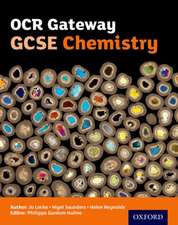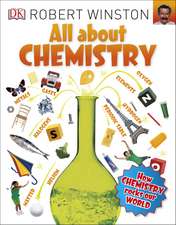Fundamentals of Aquacultural Engineering
Autor Thomas Lawsonen Limba Engleză Paperback – 3 mar 2013
Preț: 397.38 lei
Nou
Puncte Express: 596
Preț estimativ în valută:
76.05€ • 78.94$ • 63.41£
76.05€ • 78.94$ • 63.41£
Carte tipărită la comandă
Livrare economică 22 martie-05 aprilie
Preluare comenzi: 021 569.72.76
Specificații
ISBN-13: 9781461570493
ISBN-10: 1461570492
Pagini: 368
Ilustrații: IX, 355 p. 245 illus.
Dimensiuni: 178 x 254 x 19 mm
Greutate: 0.64 kg
Ediția:1995
Editura: Springer Us
Colecția Springer
Locul publicării:New York, NY, United States
ISBN-10: 1461570492
Pagini: 368
Ilustrații: IX, 355 p. 245 illus.
Dimensiuni: 178 x 254 x 19 mm
Greutate: 0.64 kg
Ediția:1995
Editura: Springer Us
Colecția Springer
Locul publicării:New York, NY, United States
Public țintă
ResearchCuprins
1. Introduction.- 2. Water Quality and Environmental Requirements.- 3. Site Selection for Aquaculture.- 4. Water Supply.- 5. Aquaculture in Open Systems.- 6. Fluid Mechanics.- 7. Pumps.- 8. Flow Estimation and Measurement.- 9. Aquaculture in Ponds, Raceways, and Tanks.- 10. Recirculating Aquaculture Systems.- 11. Oxygen and Aeration.- 12. Sterilization and Disinfection.- References.







